Wooden flooring brings warmth, elegance, and timeless charm to any space. But when you’re dealing with high-traffic areas—like hallways, living rooms, entryways, offices, or commercial spaces—the stakes get higher. Foot traffic, daily wear, kids, pets, and constant movement can quickly expose weak flooring choices. That’s why selecting the right wooden flooring isn’t just about style; it’s about strength, durability, and long-term performance.
In this guide, you’ll learn how to choose wooden flooring that stands up to daily use while still delivering the beautiful finish you want.
Understanding What “High-Traffic” Really Means
High-traffic areas are parts of a home or workspace where people move frequently throughout the day. These spaces need wooden flooring that can resist scratches, pressure dents, moisture changes, and wear marks. The right material will hold up for years without losing its appearance or structural quality.
Common high-traffic zones include:
Living rooms
Entryways and hallways
Kitchens
Offices or commercial rooms
Family rooms or play areas
Choosing the proper wood type, thickness, and finish makes all the difference in these spaces.
Solid Wood vs. Engineered Wood: Which One Is Better?
Both options have their strengths, but one is better suited for heavy use.
Solid Wood Flooring
Solid wood is made from a single piece of hardwood. It’s durable, long-lasting, and can be refinished multiple times. However, it reacts to humidity changes, making it slightly less stable in areas with moisture or temperature variation. Solid wood works well in living rooms or bedrooms but needs extra care in high-traffic areas.
Engineered Wood Flooring
Engineered wood is built with multiple layers, making it more stable and resistant to warping. It’s an excellent choice for busy spaces because it handles daily pressure better and is less sensitive to environmental changes. High-quality engineered wood also looks identical to solid wood because of its real hardwood top layer.
For high-traffic areas, engineered wood is generally the smarter choice.
Choosing the Right Wood Species
Not all wood species perform the same. Some are naturally harder and more durable, while others are softer and prone to scratches.
Here are the most recommended species for heavy-use spaces:
Oak: A classic favorite for durability and attractive grain patterns.
Maple: Very hard, smooth, and great for modern interiors.
Hickory: One of the toughest hardwoods; excellent for busy homes with pets.
Walnut: Softer than oak but extremely stylish; ideal if appearance matters more than toughness.
For high-traffic environments, oak and hickory are the top choices due to their hardness and scratch resistance.
Pay Attention to Thickness and Wear Layer
The thickness of the flooring affects how long it lasts, especially under constant use.
Solid wood: Choose boards at least ¾ inch thick.
Engineered wood: Look for a thick wear layer (minimum 3mm).
High-traffic areas: A thicker wear layer allows future sanding and refinishing, extending the floor’s life.
If you want your flooring to last a decade or more, avoid thin or budget boards that cannot be refinished.
The Power of the Right Finish
The finish acts as the protective shield for your wooden flooring. Choosing the right one can significantly improve durability.
Oil-Based Finishes
They penetrate deep into the wood and enhance its natural look. They require more maintenance but allow easier spot repair.
Polyurethane (Water-based or Oil-based)
These finishes form a strong protective layer on top. Water-based polyurethane is popular today because it dries quickly, stays clear, and offers tough protection.
Matte and Satin Finishes
These are great for high-traffic zones because they hide scratches, dust, and wear marks better than glossy finishes.
For high-traffic areas, water-based polyurethane with a matte finish is often the best combination.
Board Size, Color, and Texture Matter More Than You Think
While aesthetics are important, your choices can also impact how the flooring ages.
Wide Planks
These create a premium look, but scratches are more visible. If durability is your priority, go for medium-sized boards.
Lighter Colors
Grey, beige, and natural oak shades make scratches less noticeable. Dark floors show dust and marks quickly.
Textured Finishes
Brushed, hand-scraped, or distressed wood hides imperfections better and ages beautifully, especially in busy homes.
Installation Method: Stability Comes First
How your flooring is installed affects how well it handles daily use.
Floating installation: Easier and quicker, but slightly less stable.
Glue-down installation: Offers better strength and sound insulation.
Nailed installation: Works best for solid wood over wooden subfloors.
For high-traffic areas, glue-down installation offers maximum stability and longevity.
Maintenance Tips to Keep High-Traffic Wooden Floors Looking New
Even the toughest floors need care. Here’s how to keep yours in top shape:
Use felt pads under furniture legs to avoid scratches.
Place rugs or mats in entryways to catch dirt and sand.
Sweep or vacuum regularly to remove dust that can cause abrasion.
Clean spills immediately to prevent stains or warping.
Recoat the finish every few years to refresh protection.
A consistent routine makes your flooring last dramatically longer.
Why Wooden Flooring Is Still a Great Choice for High-Traffic Areas
When chosen wisely, wooden flooring remains one of the most practical and stylish choices for busy spaces. It combines beauty, comfort, and natural durability that artificial materials struggle to match. With the right species, finish, thickness, and installation, your floor can withstand daily activity for many years while maintaining its elegance.



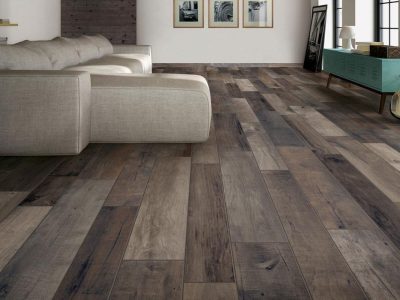
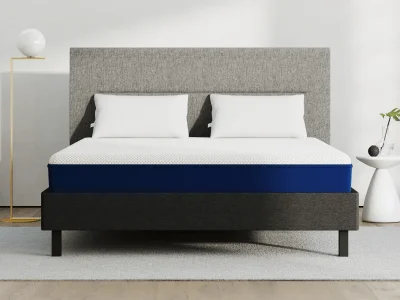


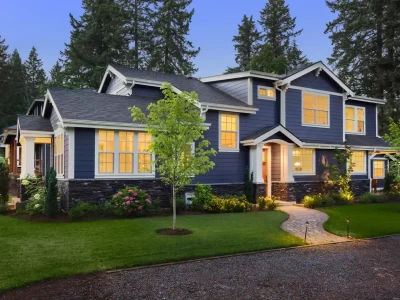
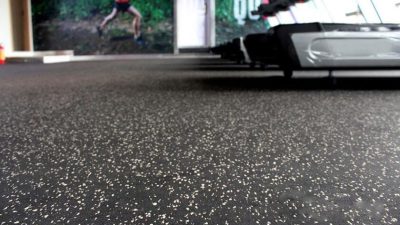
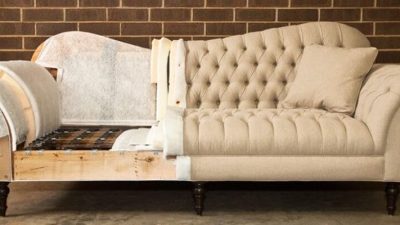
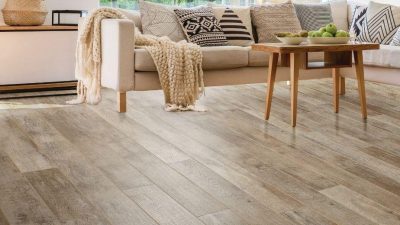
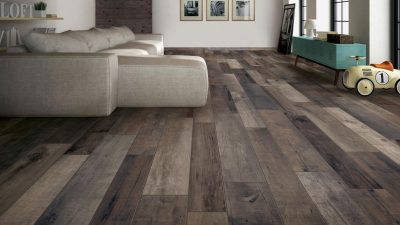

Comments